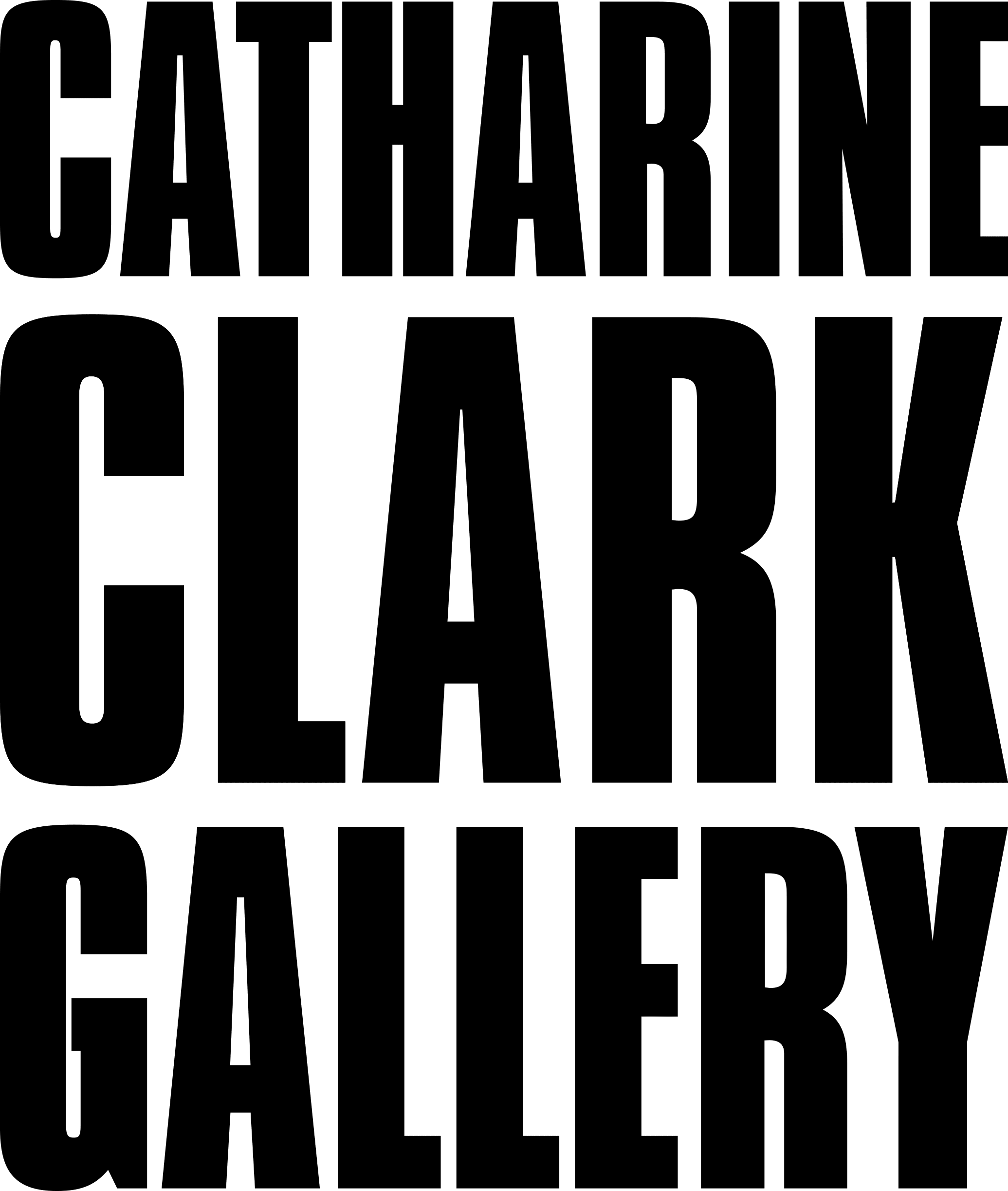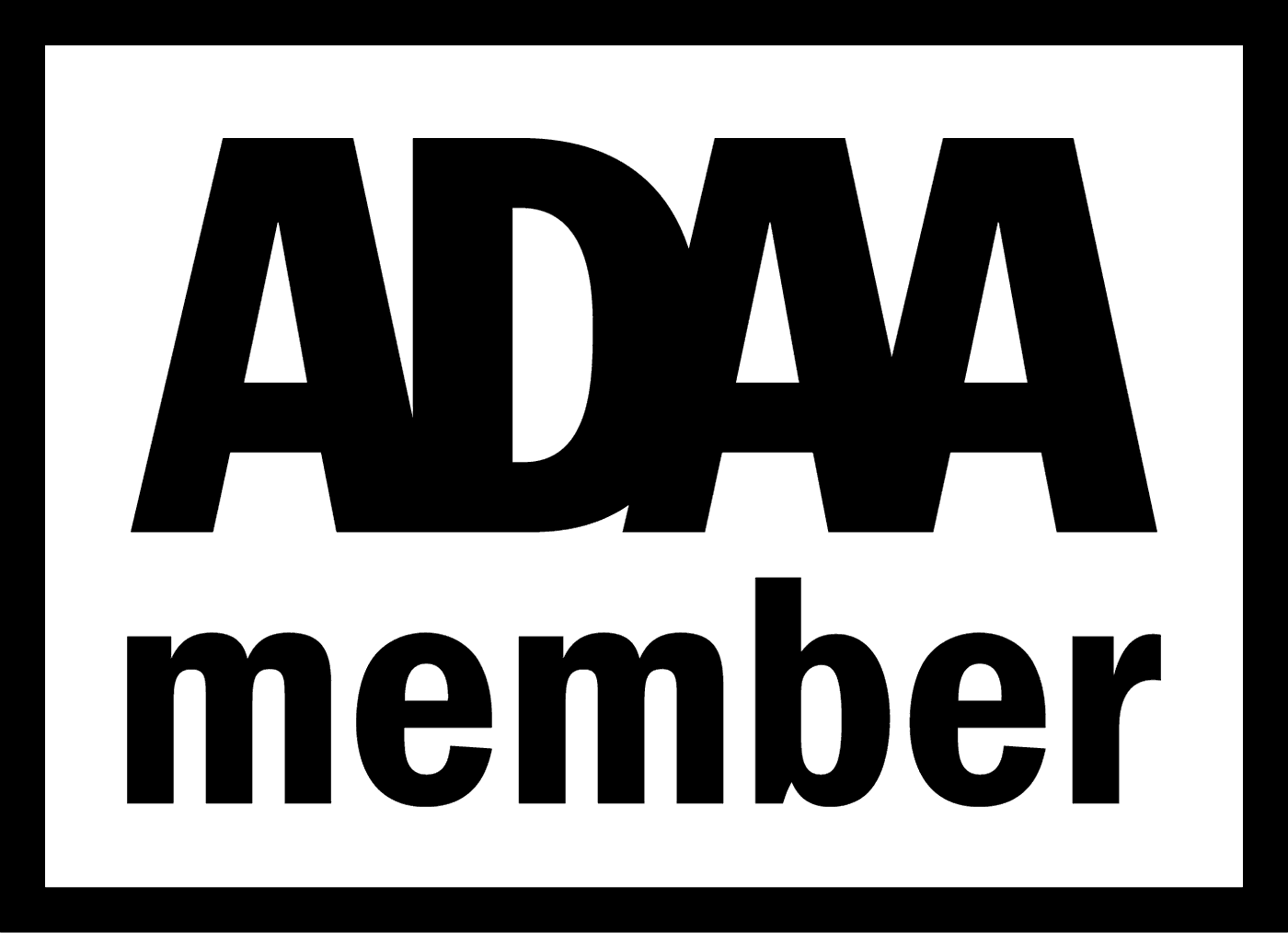Represented Artists
Affiliated Artists
-
Nanci Amaka
-
Crow’s Shadow Institute of the Arts
-
Shimon Attie
-
Zeina Barakeh
-
Gil Batle
-
Alejandro Cartagena
-
Rob Carter
-
Kyle Coniglio
-
Kevin Cooley
-
Ken Goldberg
-
Michael Goldin
-
Charles Gute
-
Michael Hall
-
Bill Jacobson
-
Malia Jensen
-
Charles Lee
-
Al Lewis
-
Jana Sophia Nolle

